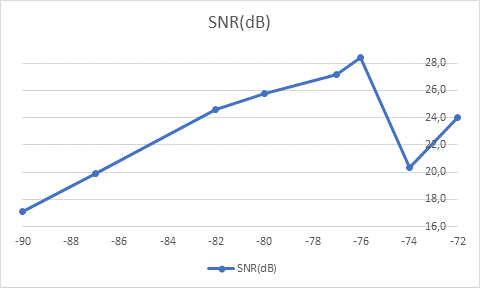Helo Nordic support team,I am supporting a client that has designed a product using the NRF9160 with GPS. The product has a small patch antenna mounted on the pcb board, a saw filter and a LNA upstream the GPS port of the NRF9160.
The product has been tested extensively in the open and they experience long time to fix - in some cases 10 to 15 minutes from cold start (and some time no fix at all). It was suspected that the antenna gain and match could explain long fix time due to lov SNR for the received GPS signal. The antenna match was investigated using a network analyser and found to be around -10dB RL for the GPS band.
We have compared the product respons with a Thingy:91 using a larger patch antenna with integrated LNA. This gave similar results with long time to fix (not tested as thorough as the product).
Next test was done in a lab version of an anechoic chamber called GTEM cell. It is not a perfect environment for antenna performance tests but gives a good indication on performance. Using this GTEM device with a signal source we were able to apply a -90dbm CW signal to the product (now running only with test software and battery power). The test software logged the SNR and RSSI using the AT AT%XRFTEST=2,1,-90 at command and after the test we extracted the data from the product to a log file using a J-link SEGGER with RTT Viewer. We did a similar test with the Thingy:91 with the external antenna and got similar results.
Our preliminary conclusion is that the product (and the Thingy:91) has good RF performance (around 14dB gain including LNA, SAW and antenna gain).
I tend to conclude that the long time to fix can be explained by software.
There are no other use of the radio between GPS read, the LTE is not used.
Can the Nordic team comment on why do we experience long time to fix from cold condition even with apparently healthy RF electronics ?Thanks,RegardsBjørn




